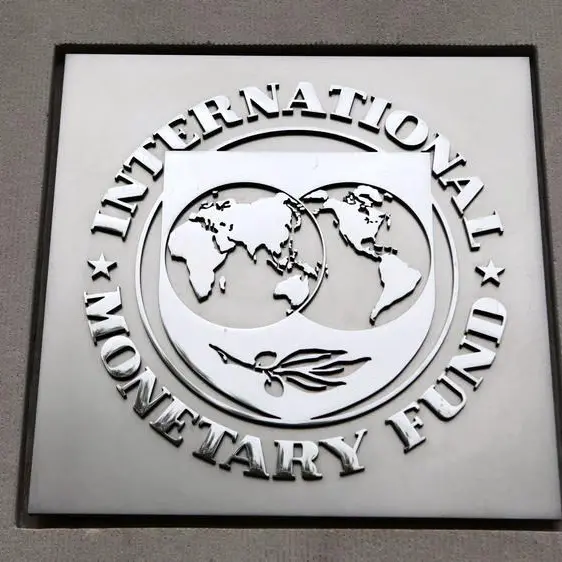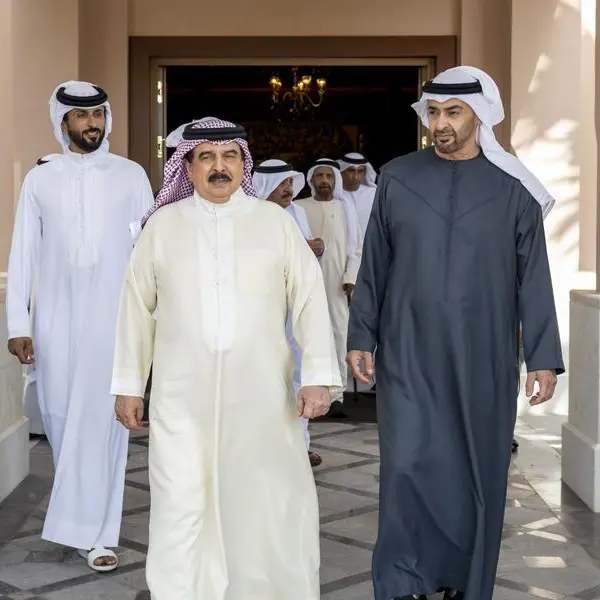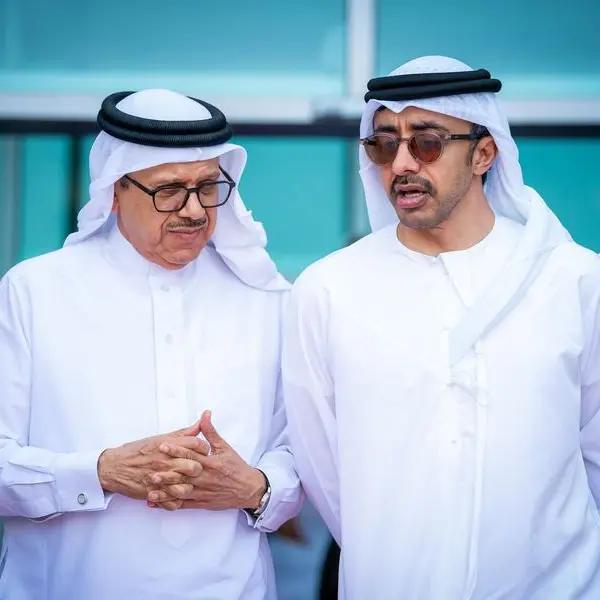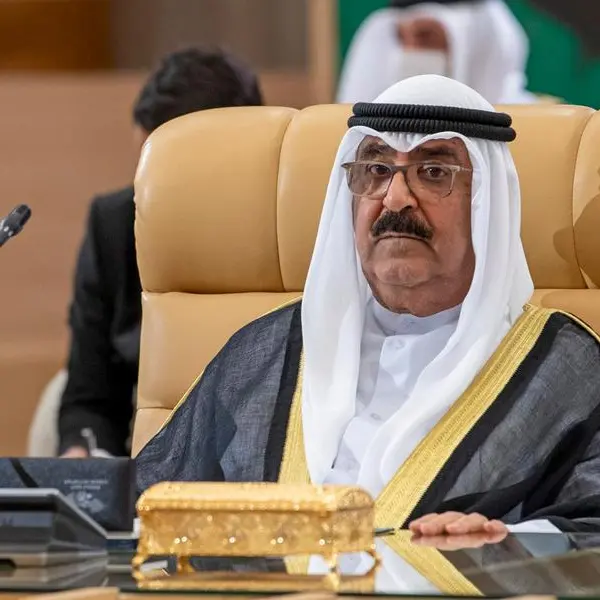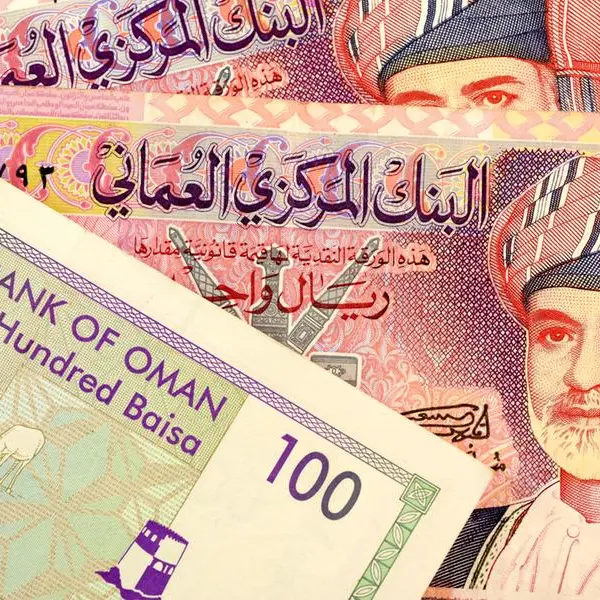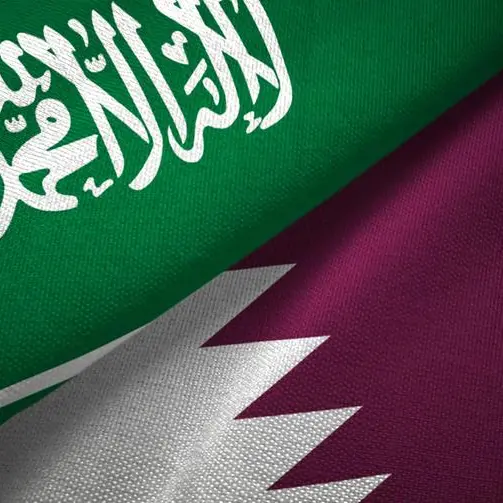PHOTO
Defence budgets in the Gulf Cooperation Council states will reach record highs next year, with a focus on expanding and modernising military force structure and improving readiness to respond to regional instability.
A report from Jane’s by IHS Markit released on Thursday said increasing budgets in Saudi Arabia and the United Arab Emirates (UAE) would drive growth between now and 2027, with $100 billion expected to be spent on defence by the GCC in 2019 alone.
While 2018 saw a six percent growth in defence spending, this is expected to slow going forward, with Jane’s Defence Budgets forecasting growth of between three and four percent over the next five years, reaching $117 billion by 2023, with $86 billion to be spent on defence equipment over the next five years.
The GCC has been responsible for nearly one quarter of all global defence imports between 2014 and 2018, with a value of $56 billion. However the UAE and Saudi Arabia intend to boost their own military industrial bases in order to improve self-sufficiency and security of supply for their own armed forces.
The Jane’s by IHS Markit report stated that Saudi Arabia in particular has ambitions towards increased domestic defence procurement under its Vision 2030 programme, with plans to increase domestic procurement from just two percent to 50 per cent by 2030.
In addition, the UAE is already exporting Nimr protected vehicles to countries like Algeria and Turkmenistan.
In response to emailed questions, Charles Forrester, senior defence industry analyst at Jane’s by IHS Markit, said Turkmenistan was reported to now have 100 UAE-made Nimr Ajbans, first seen at the country’s Independence Day parade in 2016.
Abu Dhabi-based small arms manufacturer Caracal has also signed a Memorandum of Understanding to manufacture rifles in India earlier this year.
Forrester added: “Currently, [Saudi Arabia] is working on building the Antonov An-132D, a modernised version of the [military transport aircraft] Antonov An-32, that was developed with Saudi assistance. That will be operated by the Saudi military and potentially exported. Manufacturing within the kingdom is expected to begin in 2020 or 2021.”
The move follows the launch of Saudi Arabia Military Industries (SAMI) in 2017, with the aim of consolidating the country’s defence industrial base, and facilitating the creation of joint ventures to localise manufacturing.
Forrester added that other defence work in Saudi Arabia also includes the assembling of Hawk aircraft, as well as maintenance on avionics systems for the Typhoon fleet, and manufacturing wings for Saudi Arabia’s Boeing F-15 Eagle fleet.
“BAE Systems has said that assembly of future Typhoon aircraft may take place once the Hawk assembly work is completed,” he added.
The report said that at present, North America and Europe meet 95 percent of military equipment requirements for Gulf states, with the U.S. accounting for about half of all exports to the GCC in the last five years.
However, other suppliers including Australia, China and Turkey are increasing their market presence.
“The modernisation and operational requirements of some militaries in the region are seeing some governments turn to alternative suppliers for equipment,” said Forrester.
“The downturn in oil prices in 2014 and 2015 made cost an important factor, while export controls from some key suppliers have prevented the transfer of desired equipment,” he said, adding that operators are also becoming more conscious of the cost of procurements and support costs of equipment and systems.
(Reporting by Imogen Lillywhite; Editing by Shane McGinley)
(shane.mcginley@thomsonreuters.com)
Our Standards: The Thomson Reuters Trust Principles
Disclaimer: This article is provided for informational purposes only. The content does not provide tax, legal or investment advice or opinion regarding the suitability, value or profitability of any particular security, portfolio or investment strategy. Read our full disclaimer policy here.
© ZAWYA 2018

